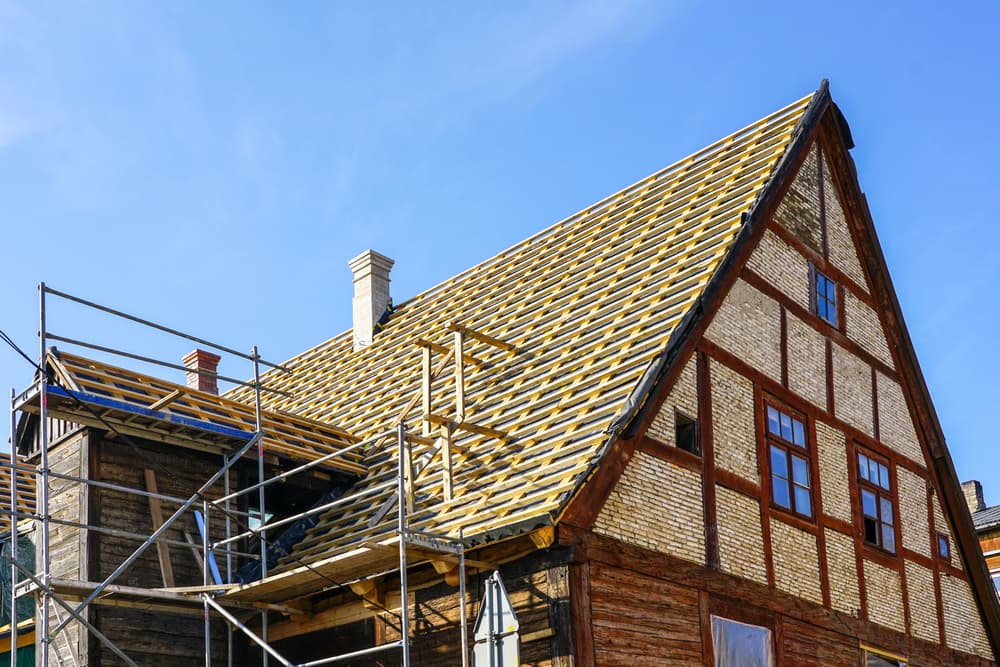Roofing for Historic Buildings
The roof of historic buildings must be repaired with special consideration.
- Preservation of historical buildings allows future generations to enjoy the architecture.
- The materials historically used can be difficult to repair without specific experience.
The materials, craftsmanship, and structure of some older buildings have been deemed historically significant, so it’s important to preserve them as they were originally intended. When the roof of a historic building becomes damaged, whether due to a specific event or wearing out over time, it takes a specialized team to correct the problem while still preserving the integrity and historical value of the structure. The next time you see a historic building, look up to the roof to see why they are unique and crafted differently than modern-day versions.
Importance of Historic Roofs
Historic building preservation is a key element in keeping significant structures intact for future generations to observe and enjoy. Roofs were important parts of these older buildings because they were often visually and architecturally significant to the era when they were built. Instead of just serving as protection from the elements, many roofs were built to be aesthetically pleasing and added to the character of the building. Preserving the roof as it was originally designed means both the structural and design integrity remain intact.
Consider the slopes or turrets of historic homes and how they serve as a design feature of the building that draws the eye upward. Changing a major design feature means future generations would not experience the beauty and intelligence that went into these historic homes or other buildings. Recognizing the importance of these structures is crucial to maintaining their historical value.
Historic Roof Materials
Modern-day homes typically only use a few different types of materials. The most common roofs are covered with some type of shingle or metal. Commercial roofs can be constructed with spray-on roofing materials and other synthetic products. Before these mass-produced shingles and thermoplastic products were widely used, builders used more traditional and natural materials.
Clay
Hand-formed clay tiles later made way to those created by folding clay over logs and staggering them together to form a roof. Although modern versions of clay tile exist, Moravian settlements and mission-style buildings often have this original type of tile.
Wood
Using wood for roofing structures became and remained popular once the staggered wood shingle style was developed. Although flammability was a problem early on, wood shingles were later placed over a fire-resistant base to increase safety while still maintaining the look.
Slate
Originally a rare roofing material, slate roofing became popular in the 19th and early 20th centuries because of its natural fire resistance and varied colors. These color variations meant the builder could make a beautiful and decorative roof while still using a sturdy material.
Metal
Copper, corrugated iron, sheet metal, and metal alloys were used on and off throughout the last few centuries as each went in and out of popularity. Many large historic mansions were built with copper cupolas which can still be seen today.
Repairing a Historic Roof
When repairing a historic roof, a certified technician must take into account the roofing material and the structure underneath to avoid damage to the building. Removing sections by layer is important to prevent further damage. An experienced technician must also know roof structures such as chimneys and vent pipes.
Why Choose Hermitage Roofing Company, Inc
The technicians at Hermitage Roofing know the importance of historic building preservation and only touch a project if they have full confidence in maintaining its integrity. To schedule a consultation for your project, contact Hermitage Roofing for more information.
Featured Image: Zigmunds Dizgalvis/Shutterstock


